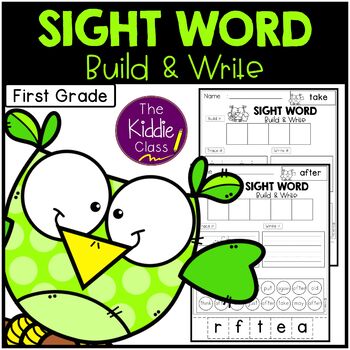

The list contains 220 “service words” plus 95 high-frequency nouns. Edward William Dolch developed the list in the 1930s-40s by studying the most frequently occurring words in children’s books of that era. The Dolch Sight Words list is the most commonly used set of sight words. There is a great deal of overlap among the lists, but the Dolch sight word list is the most popular and widely used. There are several lists of sight words that are in common use, such as Dolch, Fry, Top 150, and Core Curriculum. Memorizing these words with unnatural spellings and pronunciations teaches not only these words but also helps the reader recognize similar words, such as guy, walk, or some. Non-Phonetic Words - Words that cannot be decoded phonetically, such as buy, talk, or come.For example, knowing just the Dolch Sight Words would enable you to read about 50% of a newspaper or 80% of a children’s book. Memorizing these words makes reading much easier and smoother, because the child already recognizes most of the words and can concentrate their efforts on new words. Frequently Used Words - Words that occur commonly in the English language, such as it, can, and will.
#READ WRITE BUILD SIGHT WORDS HOW TO#
If you are new to sight words, start with the teaching strategies to get a road map for teaching the material, showing you how to sequence the lessons and activities. These pages contain resources to teach sight words, including: sight words flash cards, lessons, and games. Sight words are the glue that holds sentences together. You will also hear them referred to as Dolch words or Fry words, the two most commonly used sight words lists.

Other terms used to describe sight words include: service words, instant words (because you should recognize them instantly), snap words (because you should know them in a snap), and high frequency words. Sight Words are memorized so that a child can recognize commonly used or phonetically irregular words at a glance, without needing to go letter-by-letter. Knowing common, or high frequency, words by sight makes reading easier and faster, because the reader does not need to stop to try and sound out each individual word, letter by letter.

Learning sight words allows a child to recognize these words at a glance - on sight - without needing to break the words down into their individual letters and is the way strong readers recognize most words. Sight words are words that should be memorized to help a child learn to read and write.


 0 kommentar(er)
0 kommentar(er)
